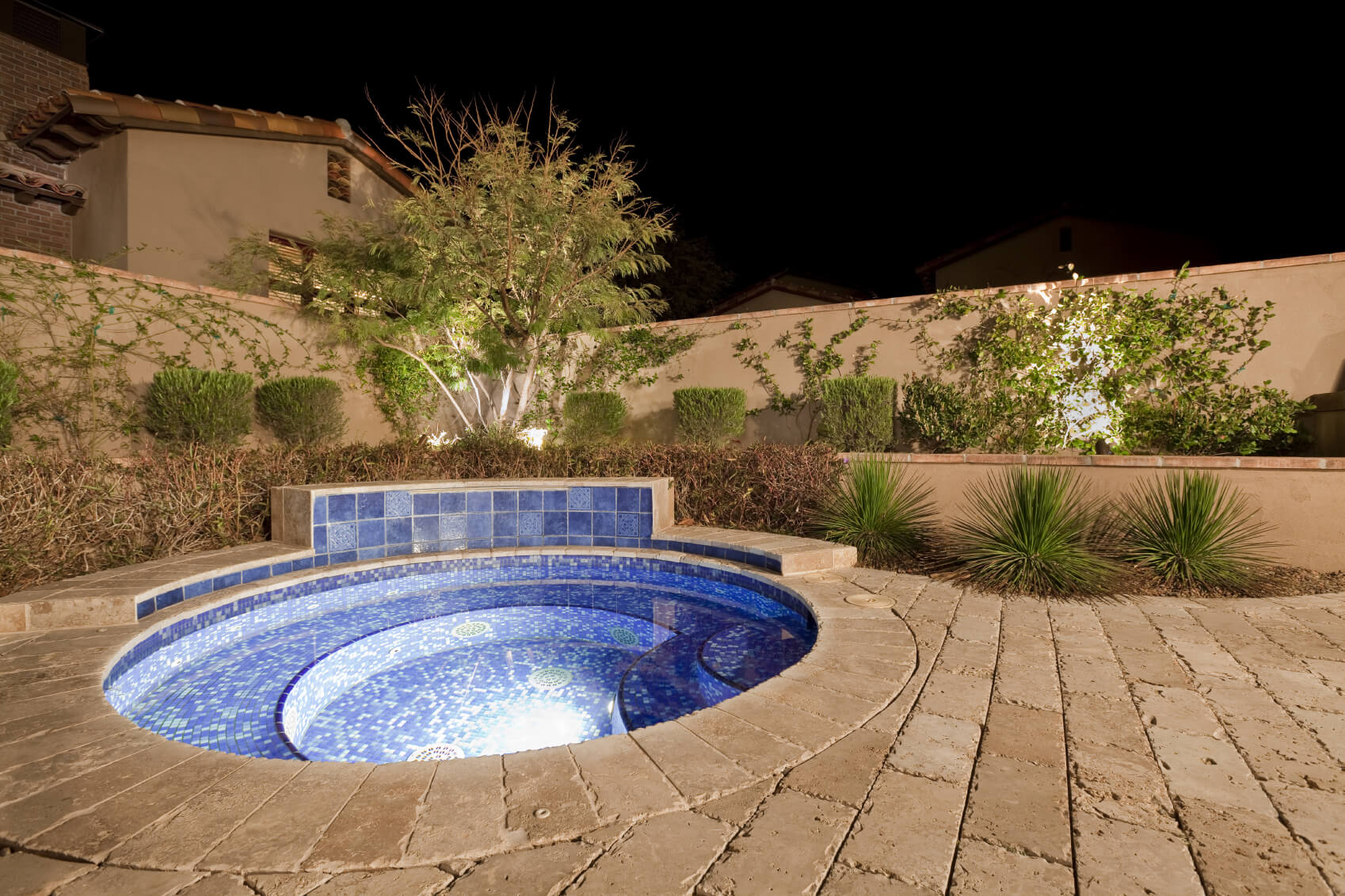
Your pool pump must be in good working order to keep the water in your pool clean and safe. Too much air entering the pump is fairly common, though. When this happens, it jeopardizes the pump’s performance.
You need to understand how to get the air out of the pool pump to bring it back into working order. This article will not only show you how to do that, but it will also show you how to identify air leaks in the pool pump.
A Step by Step Guide on How to Get Air Out of Pool Pump

If your inground or above ground pool pump has a substantial quantity of air in it, you should follow the instructions below to discover how to remove the air out of it:
Turn Off Power
The first thing you should do is switch off the electricity to your pool pump and heater. If you have a pool cleaning pump, make sure you turn it off as well.
Open the Air Release Valve
Open the air relief valve on top of the pool filter canister by turning it counterclockwise. Close the skimmer valves after, but leave the main discharge valve open.
Remove the cover from the Swimming Pool Pump Strainer Box
Two knurled knobs hold the strainer box on most pool pumps. Make sure there’s water in the pump basket once you’ve opened it. Use your water hose to fill the strainer if water is absent in the pump basket.
Examine the Pump Cover Gasket for cracks
Reattach the lid after checking for cracks and lubricating the gasket with petroleum jelly. All the cover knobs should be hand-tightened. After that, select the filter setting on the filter multiport valve.
Restore Pump Power
You must switch the power back on after completing step 4. Then, gently open the pool skimmer valve. As the air is blasted out of the line and into the swimming pool water, you should see bubbles exiting the pool return.
Observe the Air Relief Valve
Examine the air relief valve on the filter canister’s top. As the system fills with water, you should hear the sound of air escaping. When the pool water starts spilling out, turn the relief valve clockwise to close it. You can now turn on the pool heater and cleaning pump.
How can you know if the system is airtight?

- Looking through the transparent cover of your pool pump strainer container, you might be able to see air. If water flows from the inlet into the pool pump basket, the pool pump basket is not full of water. If there is no water moving, it is either full of water and hence no air, or full of air and so no water. It can’t be full of air if water is being pushed back into the pool, so it has to be full of water.
- Your pool pump may be creating a different, typically louder noise than usual, which happens when it attempts to pump air or a mixture of water and air.
- Even if the pump is set to filter or recirculate, there may be little or no water flowing out of your pool openings or waterfall if you have one. This is most likely due to an airlock in the device.
- You may have very low or no traction when you first start vacuuming.
How To Find Air Leak In Pool Pump

Check the Water Level
If the water level in the pool is too low, the skimmers may begin to suck in air with the water. Generally, the water level should be between ½ and ¾ inches above the skimmer entrance to prevent air from entering the pool. If you notice that the water level in your pool drops rapidly, you may have a water leak. You can alleviate the water level difficulties by locating and repairing the leak.
Look for Compromises in the Pump Lid
Compromises might be anything from a strained O-ring to a fractured or broken lid. These faults may be allowing air into the pump. If the O-ring or pump lid is damaged, replacing it can help you stop the air leaks.
Check for Movements on the Plumbing
Many newbies overlook the plumbing while discovering how to detect an air leak in a pool pump, which is never a smart option because even a tiny displacement of the pool pump fitting can bring in loads of air. If you see movement in your plumbing, the best thing to do is tighten or change the fitting. If you are unsure about your ability to repair the fitting, you may want to hire a pool service provider.
Check Glued Joints
Check for glued joints such as valve ports, t-joints, and elbows when inspecting the pipes. The epoxy used to seal these seams can deteriorate over time and wash away. Air leaks might readily worsen as a result of this. If the glued joints are the source of the problem, re-piping and gluing might be the best remedy.
Inspect the Skimmer for Cracks
If you have an older swimming pool, the skimmer may be cracked, which can cause air leakage. You can find cracks in the skimmer using pool leak detection dye. The dye is normally placed into little syringes and sprayed into the skimmer gently with the pool pump switched off. You should be able to see the dye leaving the skimmer wall through the crevices if the skimmer has them. You can repair small defects in your skimmer with a high-quality epoxy that functions underwater. If the skimmer is severely damaged, though, you may need to upgrade to a new one.
Check for Cracked Lines Between the Pump and Skimmer
Cracked lines could be the source of air leaks in some cases, albeit this is extremely rare. Experts use the pressurization test to see if the pool lines are damaged. Working with qualified pool service providers may be needed to undertake this assessment.






